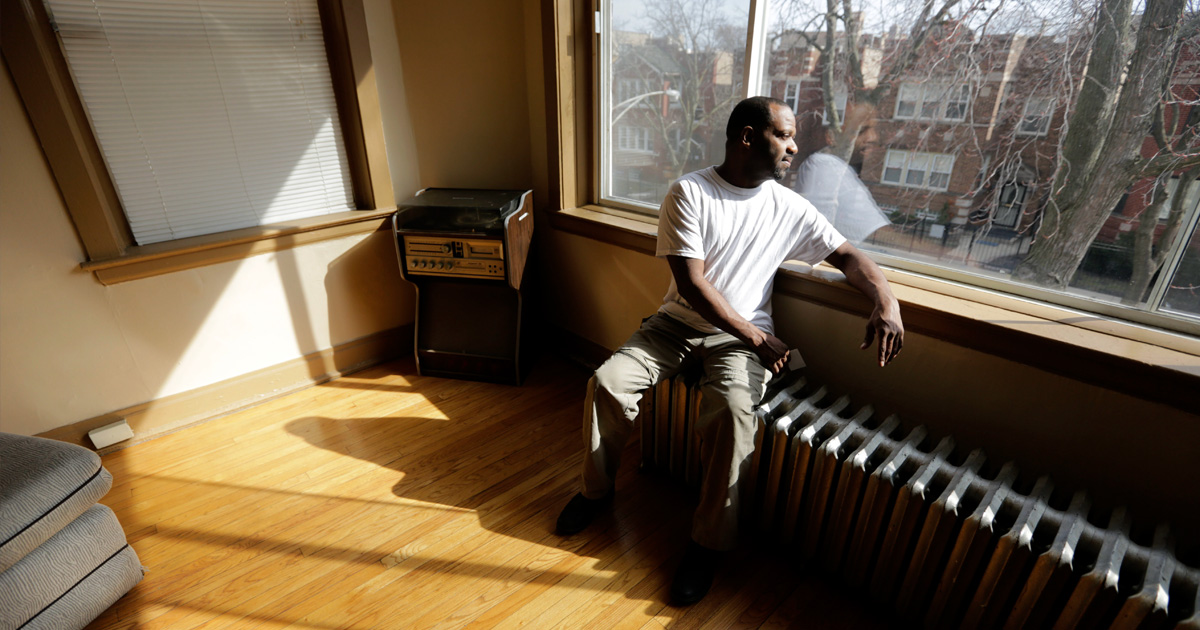Earlier this year, when the Alliance convened a series of focus groups consisting of mostly Continuum of Care (CoC) representatives, it was clear to everyone that the nation’s affordable housing crisis was a significant source of the problem. However, the subsequently published report (Using EHVs to Get People Housed) highlighted another elephant in the room that many found difficult to untangle from other issues and fully tackle—the impact of race/ethnicity on a client’s housing opportunities.
Encountering Two Forms of Racism
When asked about barriers to getting people housed, some of the Alliance’s focus groups mentioned issues rooted in structural racism. Public policies and practices limited where and whether their clients with EHVs could find housing. Cited examples included redlining and zoning ordinances (preventing the erection of multi-family units), the underfunding of government programs that help build and support affordable housing, and immigration policies that prevent people from accessing public benefits (including housing programs).
But not all problems were structural. Parts of the conversation steered toward individual forms of racism. People administering EHV programs encountered landlords who simply refuse to rent to their clients. Landlords cite race-neutral reasons, such as the potential tenant’s justice system involvement, history of eviction, or the landlord’s own reluctance to participate in government housing programs. However, are these always the real reasons? Or, for some landlords, are these convenient excuses (or pretexts) for denying someone due to their race or ethnicity?
Working Towards Placement and Mobility
For CoC representatives who raised issues of race in EHV distribution, it was clear that their systems were struggling to identify ways to address these weighty challenges that have long pre-dated their agencies and extend far beyond their work.
Nevertheless, some CoCs were working to get clients in housing often inaccessible to people of color and people living in poverty. One focus group community noted that it is going a step further—strategically thinking about where to place clients, and actively avoiding contributing to pockets of racial segregation and poverty. The ability to increase voucher values was significant in advancing these goals.
The effort to prioritize neighborhood placements aligns with housing research. Moving to Opportunity, a large-scale study evaluating the impact of giving families housing vouchers to move to lower-poverty neighborhoods, found various positive effects on parents and children. These included improved safety and mental and physical health outcomes. Subsequent research further demonstrates that where children live matters to their lifelong results.
A Long Road Ahead
The EHV program is temporary. However, CoC representatives expressed a desire for similar efforts in the future, specifically ones that target Housing Choice Vouchers to people experiencing literal homelessness. Whether vouchers are targeted, or homeless services clients benefit from the general pool of vouchers, there will be a need to locate affordable apartments that will be accepting of the population. Race and ethnicity play a role in the results.
Working to reduce the impacts of race on housing opportunities and outcomes is not easy. Increasing voucher values and helping people move into low-poverty neighborhoods is critical. However, it may seem daunting for systems working with individuals and families in emergency situations. There is an understandable impulse to just find any place that gets people off the streets or out of shelter as quickly as possible.
It will take significant work for systems, advocates, policymakers, and others to forge a new path. That path should lead to more people experiencing homelessness immediately accessing housing opportunities often closed to Black and Brown people. Achieving this aim would improve housing stability, but it would also open greater doors to improved well-being.

